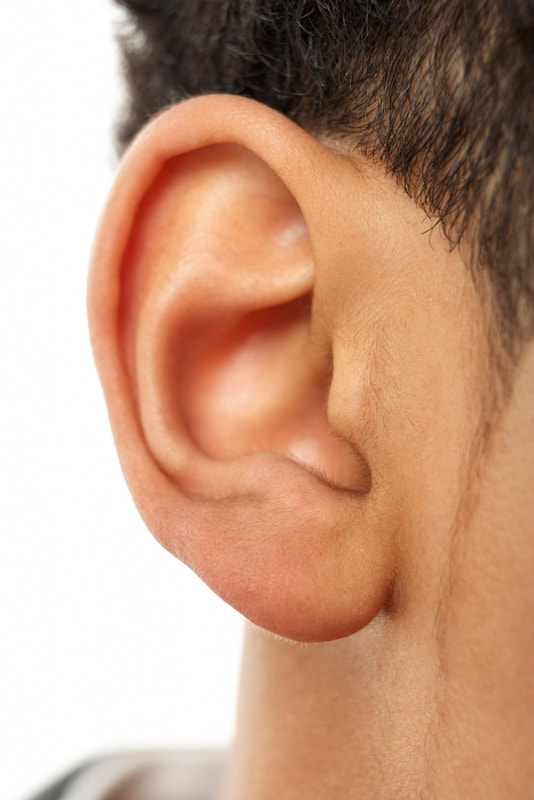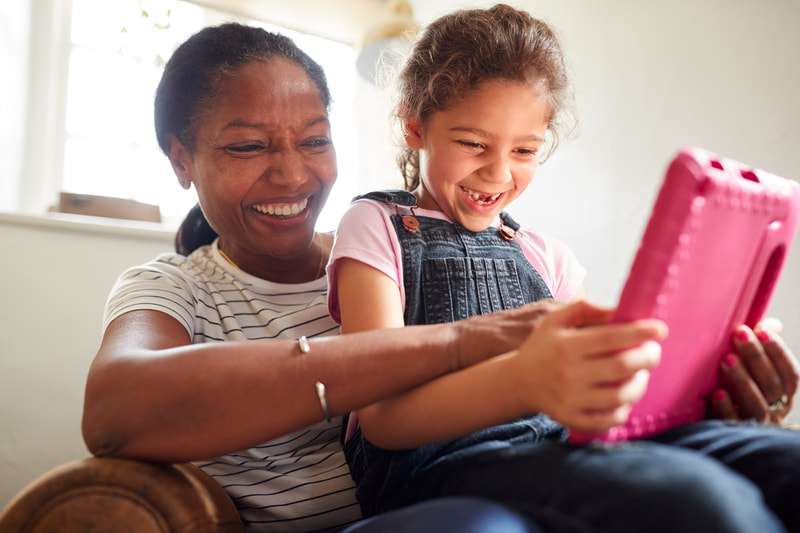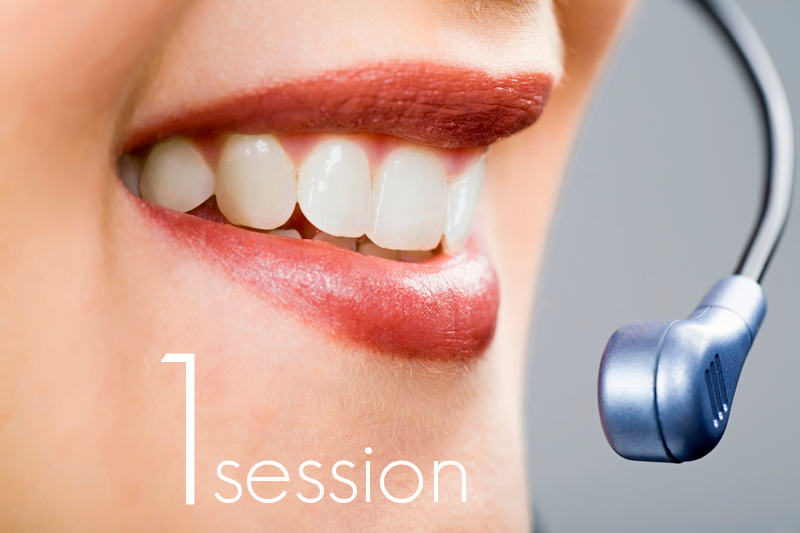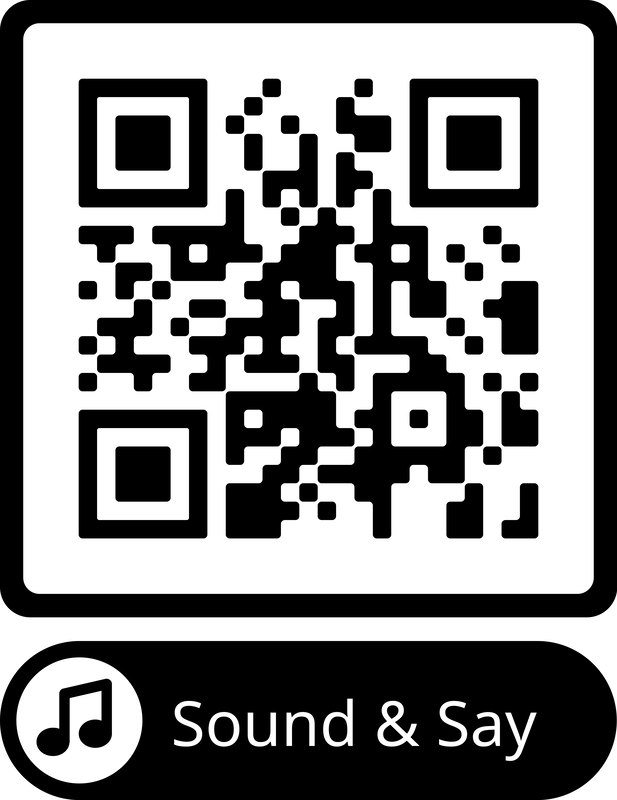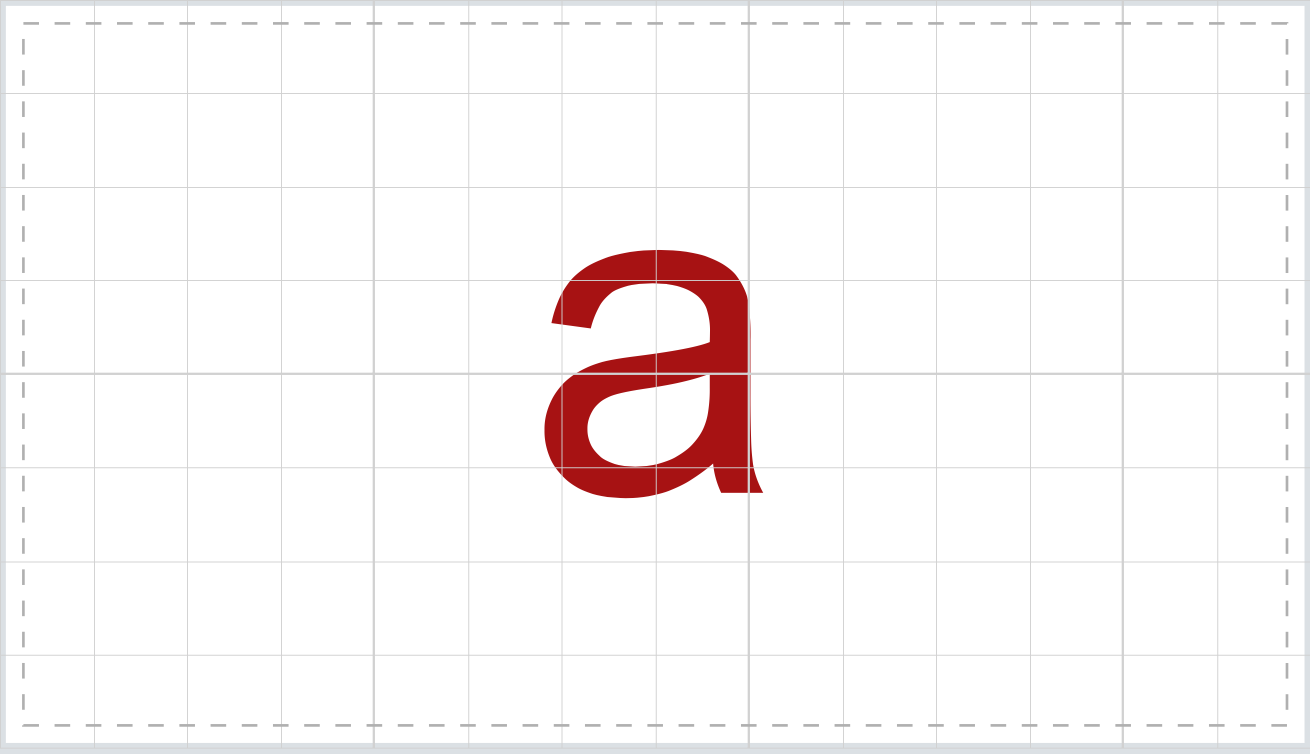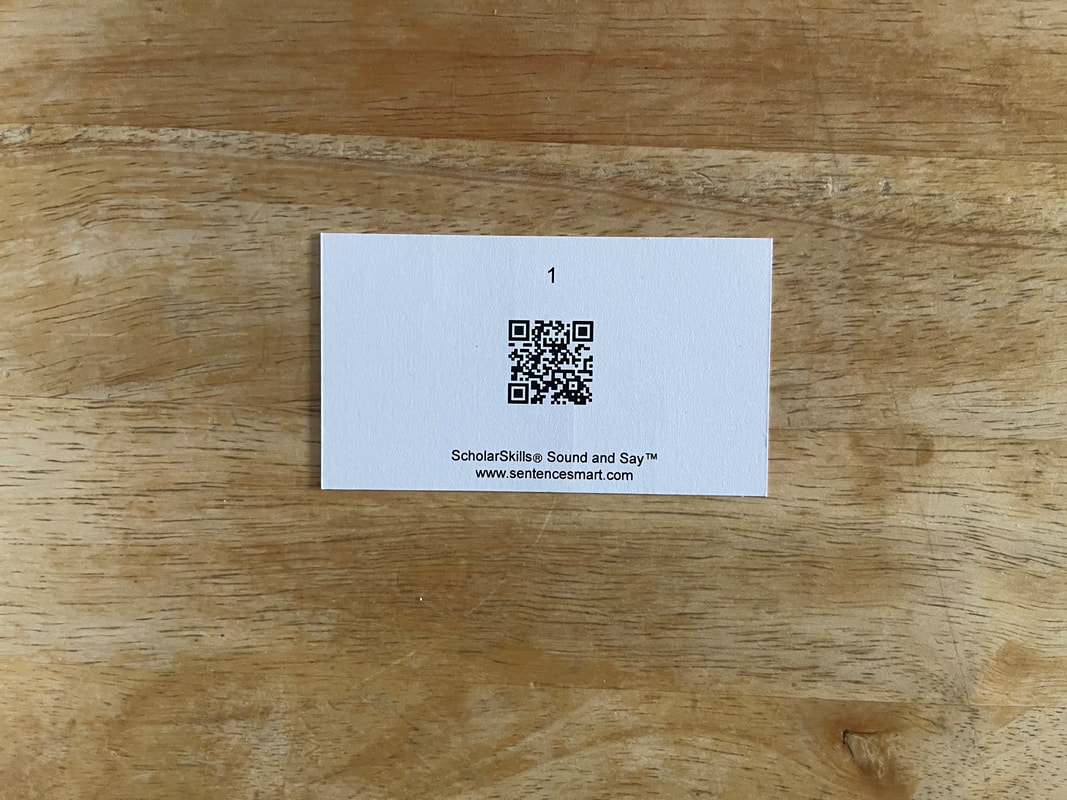Welcome to our Sound & Say Reading Program
These 95 Self-Teaching Videos and the companion set of over 100 interactive phonics cards can make it easy and exciting for every child to learn to read.
Are you looking for a way to teach your children or students how to read?
We know that teaching children how to read can be difficult. That’s why we provide an easy-to-use, step-by-step program that will help your child learn the basics of reading in just minutes a day. Our system is designed so parents and teachers can work together with their children, no matter what age they are or where they are on the learning spectrum. It’s never too early or too late to start!
You don’t have time for complicated programs or expensive tutors. With our simple system you can give your child all the tools he needs – without spending hours every week trying to figure it out yourself. And because it works with any type of learning style, you won’t have any trouble getting him excited about his new skills either! Let us show you how easy it is today!
Click learn more below to get $25 off this program, and begin to see how easy it can be to teach children how to read!
We know that teaching children how to read can be difficult. That’s why we provide an easy-to-use, step-by-step program that will help your child learn the basics of reading in just minutes a day. Our system is designed so parents and teachers can work together with their children, no matter what age they are or where they are on the learning spectrum. It’s never too early or too late to start!
You don’t have time for complicated programs or expensive tutors. With our simple system you can give your child all the tools he needs – without spending hours every week trying to figure it out yourself. And because it works with any type of learning style, you won’t have any trouble getting him excited about his new skills either! Let us show you how easy it is today!
Click learn more below to get $25 off this program, and begin to see how easy it can be to teach children how to read!
Here's what a super-busy mom had to say:
"ScholarSkills Sound & Say Phonics Reading Program" is an amazing product. I have been using it during the pandemic to help my child learn to read, and his knowledge has exponentially increased. He is putting together sounds to make words, words to make sentences, and he is seeing the world through new learning lenses.
What I like most is the simplicity of use. My son can turn on his iPad and get his cards and learn. We do it on the go in the car, or he can take it to his grandparent’s home. They are short lessons, but power packed. Pastor Brian is phenomenal. The first lesson he did via zoom and took time to help orient me and my son to the lesson plans and did the first lesson with him. So now he thinks Pastor Brian is teaching each lesson with him. Pastor Brian checks in all the time and always updates with new teaching techniques and ways to keep learning fun. Pastor Brian is always accessible via phone, text, or email. Overall, I highly recommend this learn to read product. You can tell a lot of thought was put in to achieving the highest level of success for your child, and you won’t be disappointed. Thanks to the staff at ScholarSkills for all you do to help put the next generation on the path for success through developing a love to read and learn."
What I like most is the simplicity of use. My son can turn on his iPad and get his cards and learn. We do it on the go in the car, or he can take it to his grandparent’s home. They are short lessons, but power packed. Pastor Brian is phenomenal. The first lesson he did via zoom and took time to help orient me and my son to the lesson plans and did the first lesson with him. So now he thinks Pastor Brian is teaching each lesson with him. Pastor Brian checks in all the time and always updates with new teaching techniques and ways to keep learning fun. Pastor Brian is always accessible via phone, text, or email. Overall, I highly recommend this learn to read product. You can tell a lot of thought was put in to achieving the highest level of success for your child, and you won’t be disappointed. Thanks to the staff at ScholarSkills for all you do to help put the next generation on the path for success through developing a love to read and learn."
ScholarSkills Sound and Say
Makes Reading Problems Go Away!
We use the proven Orton-Gillingham multi-sensory approach
to Phonics and Reading Comprehension to help kids learn to read.
|
First, students must master the alphabet since our alphabet is the foundation for speaking, reading, and writing English.
|
Next, they must be taught that letters or combinations of letters represent specific sounds. This is called Reading With Phonics.
|
Then, they must practice identifying, saying, spelling, and writing those letter-sounds as they appear in words.
|
"We happily recommend the ScholarSkills Reading program. The staff is attentive and diligent. My daughter has increased her reading by two levels. They have given her an invaluable boost of confidence to belief in her abilities and talents. They have found the tools to motivate her to excel. She is happy and eager to go to tutoring each week. We cannot thank Pastor Vieira and his team enough for their work. Thank you!"
Vanessa Asare
Vanessa Asare
But my child has dyslexia. Will this program work?
Yes, because Reading with Phonics is the most effective way to help students overcome dyslexia.
Can you test my child?
Absolutely:
Click here so he or she can take
the 5 minutes Phonics Test!
"ScholarSkills is excellent. Reverend Vieira and staff are very passionate about helping the children and go to great lengths to see that they succeed. In three months time my daughter has jumped four reading levels and improved in all her math scores. These results came faster than I or her teachers could have anticipated. All of my daughter's teachers have commented on her huge improvement and how her confidence has soared. Thank you ScholarSkills for the great work that you continue to do."
Akinsheye Babb
Akinsheye Babb
How we provide the help you need to teach your child to read
Silver SupportWe provide webinars, instructional videos, and email support.
These resources help parents use our "ScholarSkills Sound & Say Phonics" program to teach their children how to read in 30 minutes or less per day (or as often as needed.) Schools and teachers can also use these resources to supplement their phonics curriculum. |
Gold SupportWe provide one weekly 30-minute session of direct reading tutoring through Zoom to model the ScholarSkills Sound & Say Phonics program.
This supplementary assistance helps you to become comfortable teaching your children directly during the remainder of the week for 30 minutes or less per day (or as often as needed). |
Platinum SupportWe provide two weekly 30-minute sessions of direct reading tutoring through Zoom to model the "Sound and Say" phonics program.
This supplementary assistance allows you to become even more comfortable teaching your children directly during the remainder of the week for 30 minutes or less per day (or as often as needed). |
The ScholarSkills Sound & Say Interactive Phonics Cards & Videos Reading System
will help your kids to
read and spell exceptionally well.
You get:
|
Watch this brief video introduction to the Sound & Say Phonics Reading System.
How to use the ScholarSkills Sound & Say Phonics Reading System
Step One:
|
Step Two:
|
Step Three:
|
Step Four:
|
Step Five:
|
How to teach children to read the right way
Is there a right way to teach kids how to read?
Yes! There is a right way to teach children to read.
What is the right way to teach children to read?
Phonics is the right way to teach kids how to read.
What is phonics? And why is it the best (and only proper way) to teach children to read?
Phonics means sounds. Phonics is the method of teaching kids to read by showing them how to associate sounds with letters.
Alphabetic letters are symbols for sounds. That’s all they are. Each letter (or combination of letters) represents a sound. We use only 44 sounds in English to create all the words we say. Those 44 fundamental sounds are called phonemes. Each letter or letter combination is simply a symbol for a specific sound in the English language. Letters are only symbols to represent the sounds we make. They allow us to write down sounds. Phonics teaches kids how to associate letters with sounds because that’s what letters represent.
The alphabet is simply a code of 26 letters. These letters represent all the sounds we use to make all of our words. When we say a word, we combine sounds in a sequence that makes sense to our ears. Alphabetic letters enable us to match each sound to a specific letter that represents that sound.
To read the symbols for those sounds, students must learn the sound that each letter stands for, so when they see words, they can translate them back into sounds. Writing is the art of using symbols called letters to turn sounds into printed words by combining them logically. Words are sequences of sounds connected logically from left to right. Reading is the art of translating written words back into sounds. Writing is, therefore, the art of encoding sounds into symbols called letters and into words, which are sequences of sounds. Reading is the art of decoding those symbols back into sounds.
Consequently, the only way to teach children to read, write, and spell correctly is to teach them how to associate the letter-symbols with the sounds they represent. When kids see letters as sounds and words as sequences of those sounds, they can begin to read and learn independently. This way of teaching children to read is known as phonics because phonics means sounds. The only way to teach kids to read is to teach the phonetic (or sound-symbol) method because our alphabetic system is a code of symbols that stands for sounds.
Phonics is the only way to teach children how to read because it enables them to use the alphabet according to its purpose and design. Phonics helps kids to develop a reflexive way of seeing letters and words. Kids learn to automatically see letters as sounds and words as series of sounds. The only way that kids can develop this phonetic reflex is by learning to consistently associate symbols with sounds. Children will only master the alphabetic code and translate words fluently into sounds through the automatic habit or reflex of identifying letters as sounds and words as sequences of sounds. But habits can be good or bad. Children learn bad habits the way they learn good habits—by repeating the same actions every day. When we don’t teach kids to read by sound, we teach them how to read whole words by sight and guessing. Sight-reading is the worst way to teach children to read because it damages or destroys their ability to read by sound and creates cognitive confusion, which often leads to severe reading problems such as dyslexia.
This is why our reading program uses visual, auditory, tactile, multi-sensory learning strategies characteristic of the Orton Gillingham approach
Alphabetic letters are symbols for sounds. That’s all they are. Each letter (or combination of letters) represents a sound. We use only 44 sounds in English to create all the words we say. Those 44 fundamental sounds are called phonemes. Each letter or letter combination is simply a symbol for a specific sound in the English language. Letters are only symbols to represent the sounds we make. They allow us to write down sounds. Phonics teaches kids how to associate letters with sounds because that’s what letters represent.
The alphabet is simply a code of 26 letters. These letters represent all the sounds we use to make all of our words. When we say a word, we combine sounds in a sequence that makes sense to our ears. Alphabetic letters enable us to match each sound to a specific letter that represents that sound.
To read the symbols for those sounds, students must learn the sound that each letter stands for, so when they see words, they can translate them back into sounds. Writing is the art of using symbols called letters to turn sounds into printed words by combining them logically. Words are sequences of sounds connected logically from left to right. Reading is the art of translating written words back into sounds. Writing is, therefore, the art of encoding sounds into symbols called letters and into words, which are sequences of sounds. Reading is the art of decoding those symbols back into sounds.
Consequently, the only way to teach children to read, write, and spell correctly is to teach them how to associate the letter-symbols with the sounds they represent. When kids see letters as sounds and words as sequences of those sounds, they can begin to read and learn independently. This way of teaching children to read is known as phonics because phonics means sounds. The only way to teach kids to read is to teach the phonetic (or sound-symbol) method because our alphabetic system is a code of symbols that stands for sounds.
Phonics is the only way to teach children how to read because it enables them to use the alphabet according to its purpose and design. Phonics helps kids to develop a reflexive way of seeing letters and words. Kids learn to automatically see letters as sounds and words as series of sounds. The only way that kids can develop this phonetic reflex is by learning to consistently associate symbols with sounds. Children will only master the alphabetic code and translate words fluently into sounds through the automatic habit or reflex of identifying letters as sounds and words as sequences of sounds. But habits can be good or bad. Children learn bad habits the way they learn good habits—by repeating the same actions every day. When we don’t teach kids to read by sound, we teach them how to read whole words by sight and guessing. Sight-reading is the worst way to teach children to read because it damages or destroys their ability to read by sound and creates cognitive confusion, which often leads to severe reading problems such as dyslexia.
This is why our reading program uses visual, auditory, tactile, multi-sensory learning strategies characteristic of the Orton Gillingham approach

